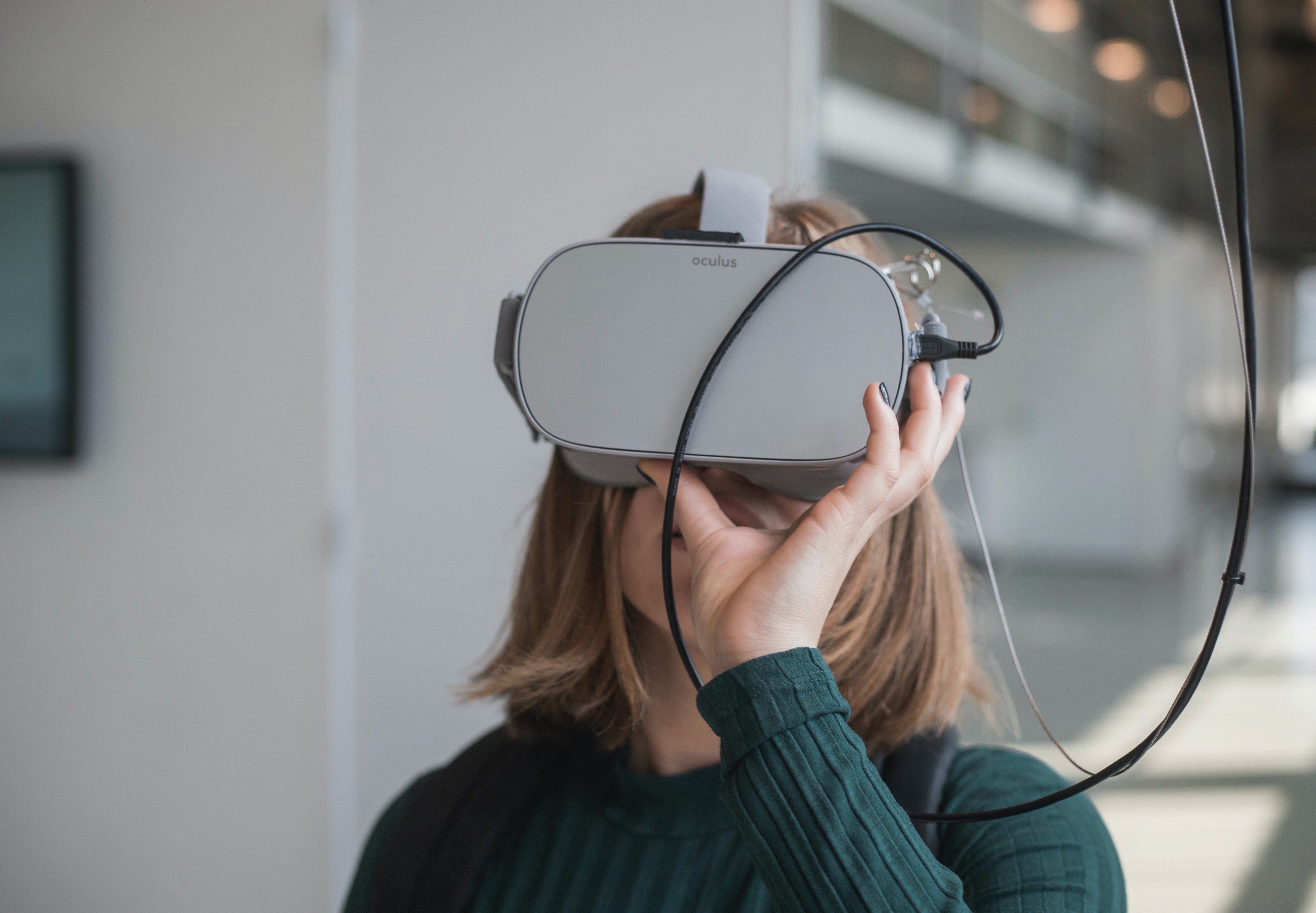Design
Embracing the Future: The Rise of Spatial Interface Design
Alex Mo
Dec 6, 2023
In the evolving landscape of design, spatial interface design stands out as a revolutionary step forward, transcending the traditional boundaries of screen-based interactions.
/ / / / / / / /
In the evolving landscape of design, spatial interface design stands out as a revolutionary step forward, transcending the traditional boundaries of screen-based interactions. This transformative approach redefines our relationship with technology, integrating it more seamlessly into our three-dimensional world. As we delve into this domain, it's essential to understand the fundamentals of spatial interface design, its applications, and the profound implications it holds for the future of user experience (UX) and user interface (UI) design.
Understanding Spatial Interface Design
Definition and Core Principles
Spatial interface design refers to the creation of user interfaces that exist and interact within a three-dimensional space. Unlike traditional 2D interfaces confined to screens, spatial interfaces allow users to engage with digital content in a more intuitive, natural manner, often using gestures, movement, and voice.
Core principles of spatial interface design include:
Intuitive Interaction: Designing for natural, human-centered interactions that mimic real-world behaviors.
Context-Awareness: Interfaces that understand and adapt to the user’s environment and context.
Seamless Integration: Blending digital and physical realms to create a cohesive experience.
The Role of Emerging Technologies
Advancements in augmented reality (AR), virtual reality (VR), and mixed reality (MR) are pivotal in driving spatial interface design. AR overlays digital information onto the real world, VR immerses users in a fully digital environment, and MR blends both. These technologies provide the canvas and tools for spatial interfaces, enabling more immersive, engaging experiences.
Applications and Use Cases
Spatial interface design finds applications across various domains:
Education: Interactive, 3D educational content that enhances learning through immersion.
Healthcare: AR for surgical assistance, training simulations in VR, and MR for patient education.
Retail: Virtual showrooms and AR fitting rooms for a new shopping experience.
Gaming and Entertainment: Immersive gaming environments and interactive storytelling.
Design Considerations and Challenges
Designing spatial interfaces presents unique challenges:
User Comfort: Ensuring interactions are ergonomic and do not induce fatigue or discomfort.
Accessibility: Making these interfaces accessible to people with different abilities.
Context Sensitivity: Designing for varied environments and ensuring the interface remains functional and relevant.
Privacy and Security: Addressing concerns related to data collection in physical spaces.
The Future of Spatial Interface Design
The future of spatial interface design is incredibly promising. With the maturation of AR, VR, and AI technologies, these interfaces will become more sophisticated, personalized, and integrated into our daily lives. We may see:
Ubiquitous AR: Everyday objects and environments becoming interactive through AR.
Advanced Haptics: Enhanced tactile feedback making virtual interactions feel real.
AI Integration: AI predicting user needs and enhancing the spatial interface experience.
Sustainable Design Practices: Ensuring these technologies are developed responsibly and sustainably.
Spatial interface design is not just a technological advancement; it's a paradigm shift in how we interact with the digital world. As designers and innovators, embracing this shift means rethinking our approach to UX and UI design, focusing on creating more natural, intuitive, and immersive experiences. The potential is limitless, and the journey has just begun. Let's shape a future where technology enhances our physical world, making it more interactive, informative, and engaging.
Scale your startup with exceptional design today
Get in touch and see if Craftify Design is for you.
Fill up the form and I will get back to you within 24 hours.
Join our newsletter.
Check out these links before you go
We acknowledge the Traditional Owners of country throughout Australia and recognise their connection to land, waters and culture. We pay our respects to their Elders past, present and emerging and commit to building a brighter future together.
Our studios sit on the country of the Gadigal people at the Eora nation in Sydney.


